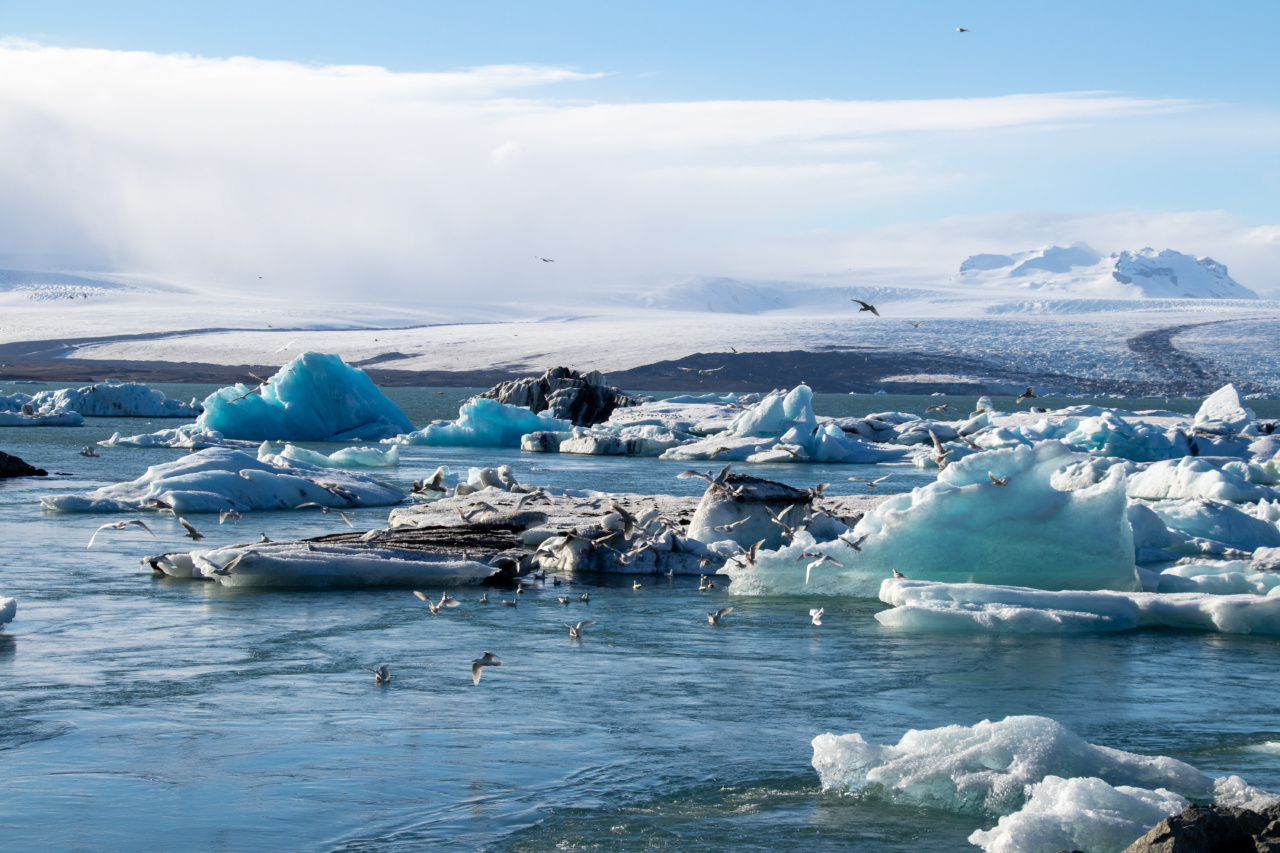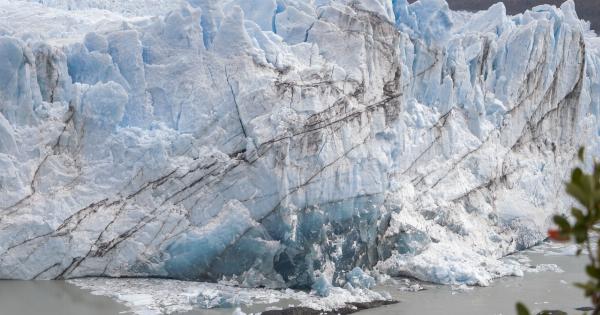The Threat of Pandemics Grows as Melting Glaciers Release Deadly Pathogens.
The Connection between Melting Glaciers and Pathogens
Melting glaciers have been a significant concern in recent years due to their impact on global climate change. However, the consequences of melting glaciers extend beyond rising sea levels and extreme weather events.
Scientists have now discovered that thawing glaciers could also lead to the release of deadly pathogens, posing a new threat to human health.
Glaciers as a Frozen Archive
Glaciers are often referred to as frozen archives, as they preserve layers of ice dating back thousands of years. These ice layers encapsulate historical records of past climatic conditions and hold ancient organisms, including viruses and bacteria.
The extreme cold and lack of nutrients within the glaciers have allowed these pathogens to remain dormant for centuries. However, as global temperatures rise and glaciers melt, these pathogens are gradually being released into the environment.
Pathogens Resurfacing in Modern Times
The resurfacing of ancient pathogens has already been observed in various parts of the world. For instance, in 2016, a team of researchers discovered a 30,000-year-old giant virus, known as Pithovirus sibericum, in Siberian permafrost.
This virus had the potential to infect amoebas and raised concerns about the reactivation of other ancient viruses. Similarly, in 2019, scientists found remnants of the Spanish flu virus in Alaskan ice layers, more than a century after the pandemic inflicted devastation worldwide.
Potential Health Risks
The release of ancient pathogens from melting glaciers poses several health risks. Firstly, humans lack immunity to these ancient viruses and bacteria, as they have not been exposed to them before.
This vulnerability can lead to severe outbreaks and pandemics, as seen with the emergence of new diseases such as COVID-19. Additionally, these pathogens may have undergone significant genetic changes during their dormant phase, which could make them more virulent and resistant to existing treatments.
Environmental Changes Favoring Pathogen Release
Several environmental changes associated with melting glaciers contribute to the release of deadly pathogens. For instance, as glaciers retreat, they expose new habitats and release previously frozen organic matter.
This organic matter serves as a rich nutrient source for bacteria, allowing them to thrive and potentially infect nearby wildlife and humans. Furthermore, the increased melting of glaciers leads to the formation of meltwater ponds, which provide ideal breeding grounds for microorganisms, including pathogens.
Spread of Pathogens through Waterways
Meltwater from glaciers flows into rivers, lakes, and oceans, carrying with it the released pathogens. This poses a significant risk to aquatic ecosystems and the organisms living within them.
Additionally, the downstream flow of contaminated water can expose populations downstream, leading to potential disease outbreaks. The movement of water across borders increases the risk of international transmission of these pathogens, presenting a global health concern.
Implications for Indigenous Communities
Indigenous communities residing in or near glaciated regions are particularly vulnerable to the threats posed by the release of pathogens. These communities often rely on the local environment for their livelihoods and cultural practices.
Increased exposure to infectious diseases can have severe consequences for their health, well-being, and way of life. Therefore, it is crucial to consider the impacts on indigenous communities and involve them in the development of strategies to mitigate these risks.
Monitoring and Surveillance Efforts
To address the growing threat of pandemics resulting from the release of pathogens, it is essential to establish robust monitoring and surveillance systems. These systems should focus on glaciated regions and other areas with potential pathogen release.
Regular sampling of ice cores and water sources can help identify the presence of ancient pathogens and monitor any changes in their prevalence. Early detection and prompt response are key to preventing and controlling outbreaks.
Adaptation and Preparedness Strategies
Adapting to the evolving threat of pandemics requires proactive measures and preparedness strategies. This includes enhancing public health infrastructure, strengthening disease surveillance networks, and developing rapid response capabilities.
Furthermore, research efforts should be directed towards understanding the characteristics of ancient pathogens, their potential for spread, and the development of effective treatment options.
Sustainable Solutions to Address Climate Change
While addressing the threat of pandemics resulting from melting glaciers, it is crucial to tackle the root cause – climate change.
Developing sustainable solutions to reduce greenhouse gas emissions and limit global warming can help slow down glacier melting and the subsequent release of pathogens. Transitioning to renewable energy sources, promoting green technologies, and adopting environmentally friendly practices are vital steps towards mitigating the risks associated with climate change.
Conclusion
The threat of pandemics grows as melting glaciers release deadly pathogens, endangering global health and well-being. The continued melting of glaciers due to climate change poses a significant risk of releasing ancient viruses and bacteria.
The potential health risks, including severe outbreaks and global pandemics, emphasize the urgent need for monitoring, surveillance, adaptation, and sustainable solutions. By addressing the threat of melting glaciers and the release of deadly pathogens, we can better protect humanity and the delicate ecosystems we depend on.






























